Generally speaking, people give close attention to good quality work. A good craftsman is appreciated; his skill, creativity and professionalism exude quality. Photographing wildlife is no different; the successful photographer must give attention to every aspect of his craft and treat it professionally. The following golden rules provide a strong foundation:
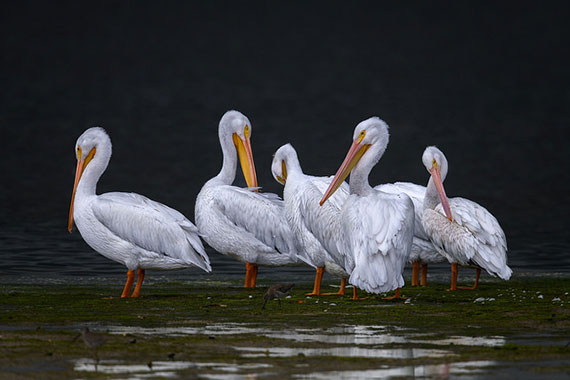
Photo by Diana Robinson; ISO 250, f/8.0, 1/500-second exposure.
A good Wildlife Photographer:
1. Has good equipment and knows how to use it well.
Depending on the type of wildlife you photograph, this is an area where your camera system plays an important role. When photographing a subject there’s no time to fumble with the tools in hand – the photographer, like an experienced car driver operates his machine fluently, almost without thinking.
2. Is passionate about the craft and wildlife.
Unless you’re passionate about wildlife you won’t go far. Why not? Because you need dedication. A wildlife photographer may spend many hours, days even years trying to get the right picture. Do you think I’m exaggerating? Let me tell you that some of the images that won the Wildlife Photographer of the Year Competition took some of those photographers years to perfect.
3. Clothing and equipment doesn’t give away position.
This rule may appear insignificant, but it isn’t. The color of clothing or any reflection coming from the photographer or equipment has frightened wildlife and brought an end to a session.
4. Never causes stress to the subjects for the sake of a picture.
It isn’t right to pursue or corner an animal to the point where this pressure will cause stress. This is unprofessional and evidence of an unfeeling, selfish individual.
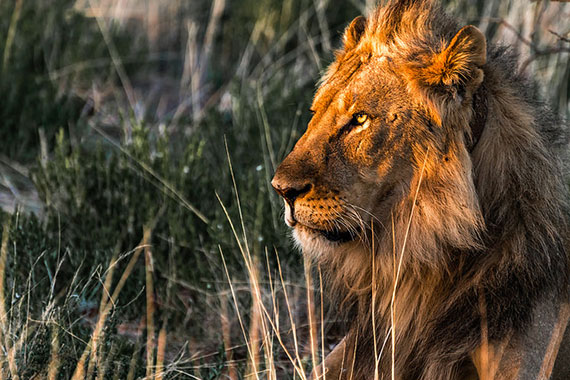
Photo by ManoharD; f/5.6, 1/320-second exposure.
5. Is always safety conscious.
Animals and even some birds of prey are unpredictable. Safety of self and others is paramount.
6. Is positive, perseveres and has lots of patience.
If there’s an area in photography where failure is tied very tightly to a photographer, is when these qualities are seriously missing. Wildlife photography by its nature is a waiting game, persisting again and again.
7. Is willing to get up before sunrise.
Early morning and late afternoon are the best times. This is the period the wildlife is feeding and very active.
8. Sends his best shots to competitions, isn’t afraid of failure.
Photographers need to continue stretching their abilities – competitions are an excellent way to learn. Failure is often taken negatively, that shouldn’t be the case. While not pleasant, it should serve as an incentive to press on and not taken personally. Sometimes magazine editors will reject some work, not because it isn’t up to standard, but because it was sent at the wrong time or in the wrong way. Maybe they just had a recent feature covering that same subject and there isn’t room for another one soon.
9. Takes time to do in-house research about his subject matter.
Preparation is half way to success. Learning a bit about the subject and location where you’ll be photographing is in my opinion, one of the most important golden rules.
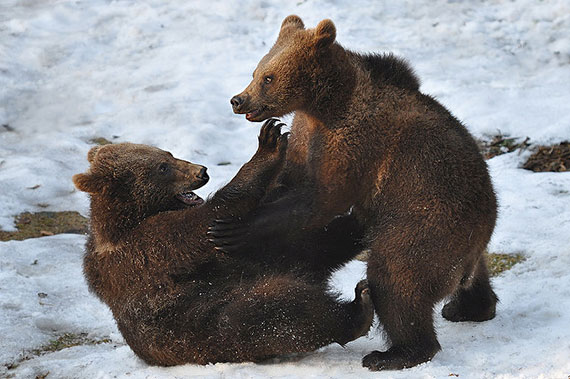
Photo by dingopup; ISO 200, f/2.8, 1/250-second exposure.
10. Is technically proficient.
The photographer must know how to get sharp pictures, compose the subject, know what’s the best light, how to use fill flash and all the techniques necessary to create a good picture.
About the Author:
Carlos Pereira (mountain-light) received a qualification from the British Institute of Professional Photographers. He developed a successful business in the UK as a wedding and Portrait photographer. He received further training in the USA from Monte Zucker, a master photographer. His Wildlife and Portrait photographs have been published in the UK and European photographic magazines. He concentrates his photography as a travelling photographer and a teacher, offering his expertise as a nature photographer through digital books. His vision has been moulded by the classic portraiture that was his business for a number of years.
Like This Article?
Don't Miss The Next One!
Join over 100,000 photographers of all experience levels who receive our free photography tips and articles to stay current:

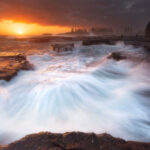
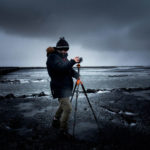

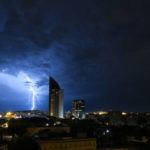
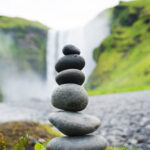
Useful tips for wildlife photographers. Patience is the key for getting a good wildlife image. No matter whatever camera gear you have
No 2 was a bit confusing ‘He’s passionate about his craft and wildlife’ …I’m a woman and I love taking wildlife photos, and yes I too am passionate.
You have a few things that you can utilize for wildlife, raw, iso. Gear one for close and one for longer distance subjects. Thousands are doing wildlife photography and have been in the field for longer than a decade. They compete and the competition is educated and of a very high standard. You need to enter your work, not just for exposure but also as a measure that is going to give you guidance in this challenging field. Gear and glass is not going to present the images on their own! Do you research and educate yourself.
Here you have been presented with information, take what you think might help you in the field.
Carlos, please be cognizant that females are also wildlife photographers. Your consistent use of “he” is very offputting.
You sound like a self-righteous and smug individual.
Thanks Carlos, however, I personally do not think sending photos to a competition is a golden rule of wildlife photography. Interesting you should think that it is.
About point 1 – what equipment do you recommend – what camera (or type), what lenses (or types)? Thanks for the good info.
Thanks for the article. I suppose it’s important to realize that becoming a great wildlife photographer doesn’t happen over night.
I would like to know more about point 9. Take time to research subject matter. What resources do you personally use and what kinds of information should you be looking for?
Thanks for the great post!
i’ve learnd a lot…………thnx for this great post………♀♥♂